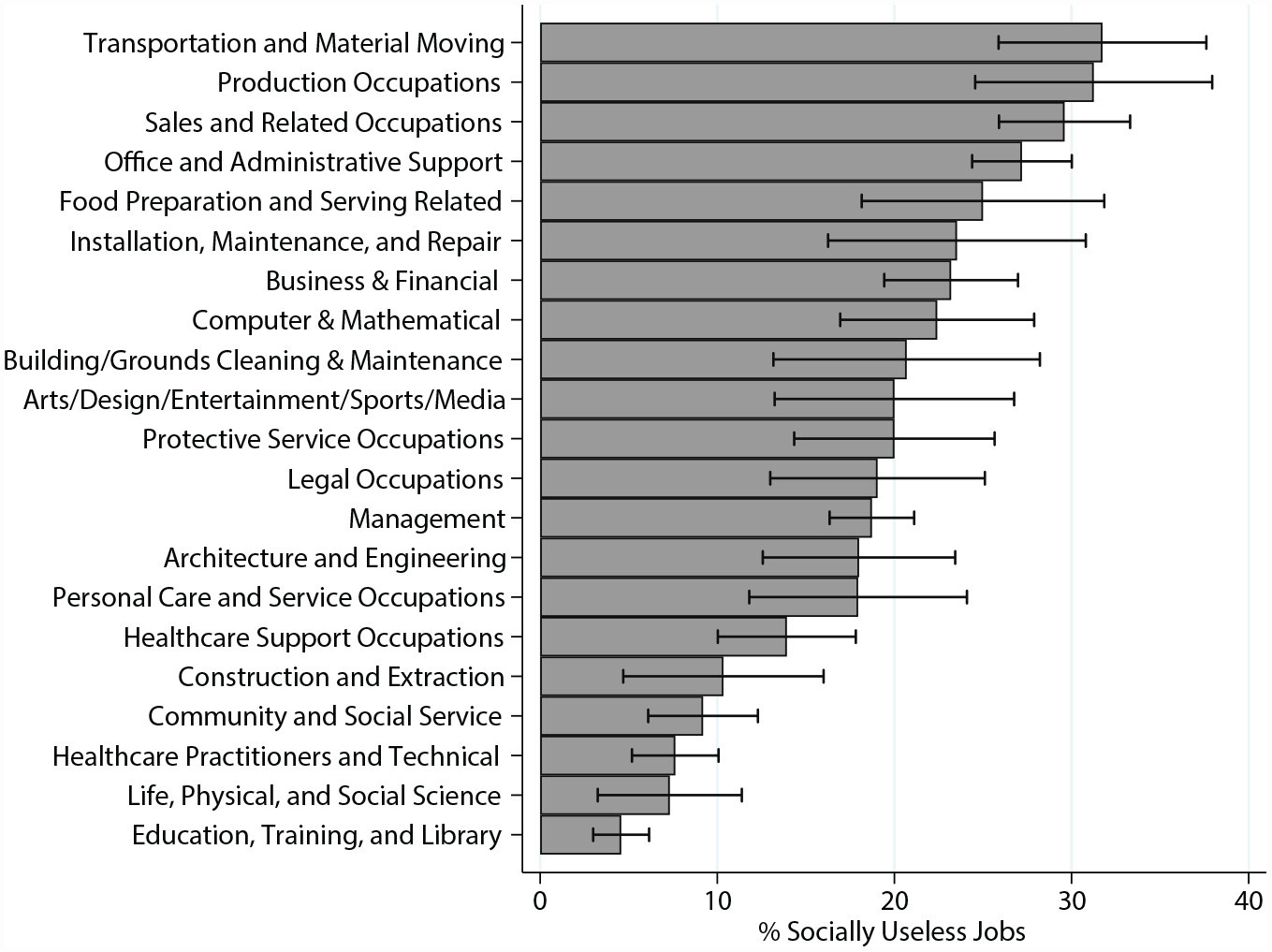Workforce cuts are showing up in bid protests
Plus bullshit jobs in the HUBZone program and correcting COFC's arithmetic
Bid protests in the era of staffing shortages
It’s becoming common to email someone in government and simply never hear back. Maybe they took the Fork-in-the-Road buyout or were put on administrative leave, but the government official might as well have disappeared into the ether. Government ghosting is now showing up in GAO bid protests.
The protester in Wright Brothers Aero, Inc., B-423326.2, July 7, 2025, filed a second protest at GAO. The Defense Logistics Agency had taken corrective action on a first protest by reevaluating proposals and committing to a new award decision. DLA sent notice that the protester did not receive the award, but provided no explanation. The protester asked DLA about the corrective action and debriefing. DLA simply never got back to them.
In fact, the last words the protester heard from DLA were, via the contracting officer, “I will forward up to Legal.” Legal didn’t respond, nor did the contracting officer. So 27 days later, the protester filed at GAO. Not surprisingly, GAO dismissed the protest because of the 10-day filing rule.
We can’t tell whether the person at DLA’s Legal took the Fork, was overburdened with responsibilities, or just didn’t get the contracting officer’s email. Regardless, in this period of government ghosting, contractors have to be diligent about watching their timelines. You can’t assume that the government will be diligent about responding.
One more thought on this protest: It’s another AI hallucination case. The protester cited a non-existent decision in which GAO waived the 10-day rule: “Tech Systems, Inc., B-403103.2.” That’s a real business name, and mostly a real B number. But the business and number don’t go together, and they don’t stand for the protester’s proposition. This is the third AI hallucination case (here and here) GAO has published. All are from pro se protesters. So GAO might need to start warning pro se litigants about using AI case citations, or there’s an opportunity for a techie to write a citation checker specifically for bid protests.
Bullshit jobs in the HUBZone program
Speaking of staffing shortages, SBA’s Office of Hearings and Appeals is down to one judge, after Kenneth Hyde left for private practice. Judge Christopher Holleman is keeping OHA cases moving, including a lengthy HUBZone appeal that—appropriate for our AI-overlords era—gets into the philosophy of work.
SBA found the HUBZone firm in HUBZone Appeal of CS Gov’t Sols., LLC, SBA No. HUB-105 (2025), ineligible for the program because the firm did not employ enough employees who lived in HUBZone areas. The program requires that firms have 35% of their employees living in HUBZones. The firm had enough HUBZone residents on its payroll, but SBA concluded that they didn’t perform enough “work” to meet the then-in-effect SBA definition of an “employee.”
After those introductory facts, the case becomes a long and entertaining discussion of what should count as “work.” On one hand, the firm “waxes philosophical” about work and insists that SBA is in no position to judge what counts. The firm was hampered by the fact that it couldn’t produce any work product for the claimed employees, but it argued that chauffeurs and security guards don’t have written product either. SBA and an intervenor responded that these were IT jobs—and therefore there should be something to show—and that the HUBZone program is a jobs program.
Judge Holleman agreed with the SBA decision, rejecting the firm’s philosophy of work as being more than the results of the employee’s labor. Ultimately, the firm couldn’t produce anything of substance to show the fruits of its employees’ work. It’s clear from the decision that SBA viewed the claimed employees as merely notations in a ledger, solely there to meet the HUBZone program’s 35% rule. SBA wouldn’t stand for that.
David Graeber wrote the Bullshit Jobs theory after the Great Recession about the growing phenomenon of people feeling their jobs were socially useless. Today, over 30% of workers in some sectors believe their jobs are socially useless. But the percentage is far less in teaching, science, and healthcare, according to a 2023 paper:

Where does non-productive HUBZone employee fall on the social usefulness scale? According to SBA, not high enough.
COFC gets an arithmetic lesson
You wouldn’t have questioned the outcome of Keyes Helium Co. v. United States, No. 22-434C (Fed. Cl. 2023), just from reading the Court of Federal Claims’ opinion. The Federal government hires helium-storage companies for the Federal Helium Reserve. One of those storage companies, Keyes Helium Co., sued because the government’s helium was damaging its helium reservoirs. According to Keyes Helium, the contract required that the gas be at least 50% helium, and the government’s mixture had “damaging levels of methane,” causing the reservoir damage. COFC ruled for the government because the contract addresses the required percentage of helium, but it doesn’t say anything about the methane levels in the government’s delivery.
That seems straightforward. The contract referred to helium levels but not methane levels. So why did the Court of Appeals for the Federal Circuit reverse and remand the decision?
The Court of Appeals noticed that COFC left out a key fact: The methane levels in the government’s gas deliveries were 62%. And, because 62% + 50% is greater than 100%, helium levels in the gas could not possibly have been at least 50% as required by the contract. Based on that simple arithmetic, the appeals court held that Keyes Helium’s case “plausibly establishes” that the government breached the 50% requirement in the contract.
The Court of Appeals’ remand was directed at the Claims Court. But it might as well have been speaking to the claimant, who could have avoided years of litigation by doing that arithmetic for the court in the first place.
Sam Le is a government contracts lawyer licensed in Virginia and the District of Columbia.


